1. Iceland
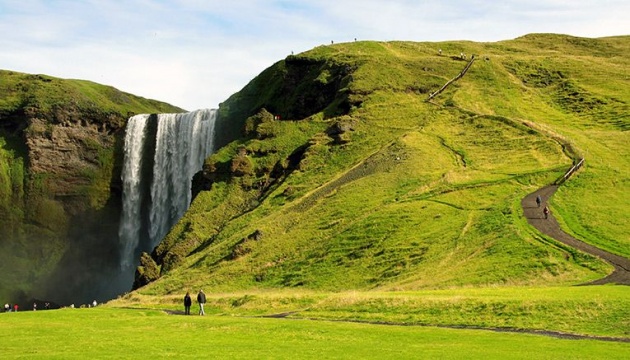
Iceland is located at the juncture of the North Atlantic and Arctic oceans. The main island is entirely south of the Arctic Circle, which passes through the small Icelandic island of Grímsey off the main island's northern coast.
A geologically young land, Iceland is located on both the Iceland hotspot and the Mid-Atlantic Ridge, which runs right through it. This location means that the island is highly geologically active with many volcanoes, notably Hekla, Eldgjá, Herðubreið and Eldfell. The volcanic eruption of Laki in 1783–1784 caused a famine that killed nearly a quarter of the island's population. In addition, the eruption caused dust clouds and haze to appear over most of Europe and parts of Asia and Africa for several months afterward, and affected climates in other areas.
The climate of Iceland's coast is subpolar oceanic. The warm North Atlantic Current ensures generally higher annual temperatures than in most places of similar latitude in the world. Regions in the world with similar climates include the Aleutian Islands, the Alaska Peninsula, and Tierra del Fuego, although these regions are closer to the equator. Despite its proximity to the Arctic, the island's coasts remain ice-free through the winter. Ice incursions are rare, the last having occurred on the north coast in 1969.
2. Switzerland
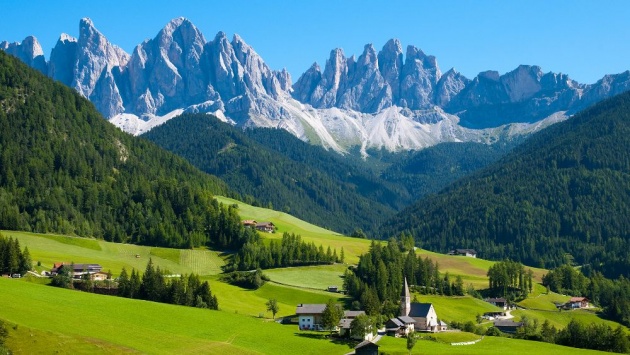
Extending across the north and south side of the Alps in west-central Europe, Switzerland encompasses a great diversity of landscapes and climates on a limited area of 41,285 square kilometres (15,940 sq mi). The population is about 8 million, resulting in an average population density of around 195 people per square kilometre (500/sq mi). The more mountainous southern half of the country is far more sparsely populated than the northern half. In the largest Canton of Graubünden, lying entirely in the Alps, population density falls to 27 /km² (70 /sq mi).
The Swiss climate is generally temperate, but can vary greatly between the localities, from glacial conditions on the mountaintops to the often pleasant near Mediterranean climate at Switzerland's southern tip. There are some valley areas in the southern part of Switzerland where some cold-hardy palm trees are found. Summers tend to be warm and humid at times with periodic rainfall so they are ideal for pastures and grazing. The less humid winters in the mountains may see long intervals of stable conditions for weeks, while the lower lands tend to suffer from inversion, during these periods, thus seeing no sun for weeks.
3. Costa Rica
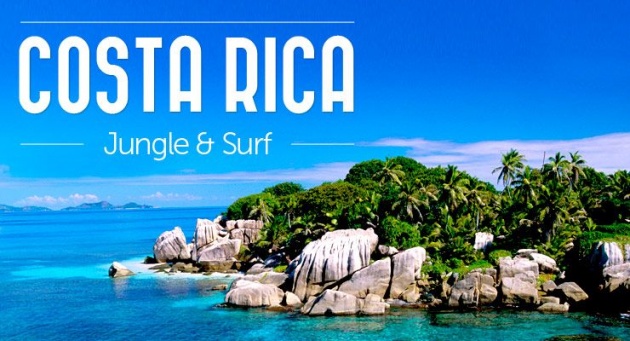
Costa Rica is located on the Central American isthmus, lying between latitudes 8° and 12°N, and longitudes 82° and 86°W. It borders the Caribbean Sea (to the east) and the Pacific Ocean (to the west), with a total of 1,290 kilometres (800 mi) of coastline, 212 km (132 mi) on the Caribbean coast and 1,016 km (631 mi) on the Pacific. Costa Rica also borders Nicaragua to the north (309 km or 192 mi of border) and Panama to the south-southeast (330 km or 210 mi of border). In total, Costa Rica comprises 51,100 square kilometres (19,700 sq mi) plus 589 square kilometres (227 sq mi) of territorial waters.
Costa Rica is home to a rich variety of plants and animals. While the country has only about 0.1% of the world's landmass, it contains 5% of the world's biodiversity. Around 25% of the country's land area is in protected national parks and protected areas, the largest percentage of protected areas in the world (developing world average 13%, developed world average 8%). Costa Rica has successfully managed to diminish deforestation from some of the worst rates in the world from 1973 to 1989, to almost zero by 2005.
4. Sweden
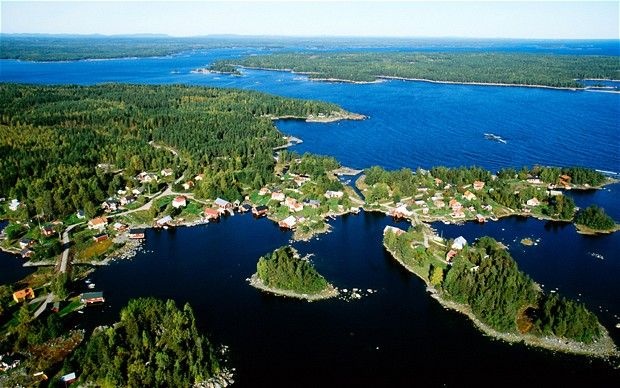
Situated in Northern Europe, Sweden lies west of the Baltic Sea and Gulf of Bothnia, providing a long coastline, and forms the eastern part of the Scandinavian Peninsula. To the west is the Scandinavian mountain chain (Skanderna), a range that separates Sweden from Norway. Finland is located to its north-east. It has maritime borders with Denmark, Germany, Poland, Russia, Lithuania, Latvia and Estonia, and it is also linked to Denmark (south-west) by the Öresund Bridge. Its border with Norway (1,619 km long) is the longest uninterrupted border within Europe.
Most of Sweden has a temperate climate, despite its northern latitude, with four distinct seasons and mild temperatures throughout the year. The country can be divided into three types of climate; the southernmost part has an oceanic climate, the central part has a humid continental climate and the northernmost part has a subarctic climate. However, Sweden is much warmer and drier than other places at a similar latitude, and even somewhat farther south, mainly because of the Gulf Stream. For example, central and southern Sweden has much milder winters than many parts of Russia, Canada, and the northern United States. Because of its high latitude, the length of daylight varies greatly. North of the Arctic Circle, the sun never sets for part of each summer, and it never rises for part of each winter. In the capital, Stockholm, daylight lasts for more than 18 hours in late June but only around 6 hours in late December. Sweden receives between 1,100 and 1,900 hours of sunshine annually.
5. Norway
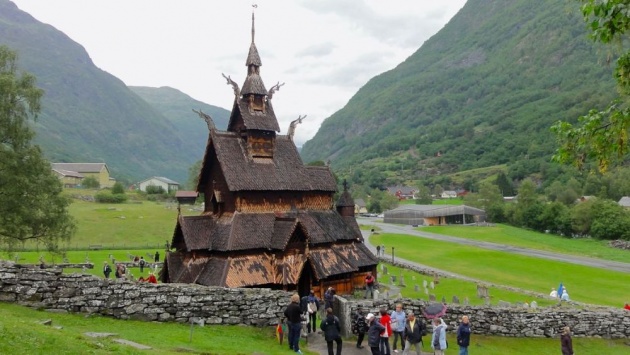
The southern and western parts of Norway, fully exposed to Atlantic storm fronts, experience more precipitation and have milder winters than the eastern and far northern parts. Areas to the east of the coastal mountains are in a rain shadow, and have lower rain and snow totals than the west. The lowlands around Oslo have the warmest and sunniest summers but also cold weather and snow in wintertime.
Because of Norway's high latitude, there are large seasonal variations in daylight. From late May to late July, the sun never completely descends beneath the horizon in areas north of the Arctic Circle (hence Norway's description as the "Land of the Midnight sun"), and the rest of the country experiences up to 20 hours of daylight per day. Conversely, from late November to late January, the sun never rises above the horizon in the north, and daylight hours are very short in the rest of the country.
Stunning and dramatic scenery and landscape is found throughout Norway. The west coast of southern Norway and the coast of northern Norway present some of the most visually impressive coastal sceneries in the world. National Geographic has listed the Norwegian fjords as the world's top tourist attraction. The 2014 Environmental Performance Index put Norway in tenth place, based on the environmental performance of the country's policies.
(source: Wikipedia)



